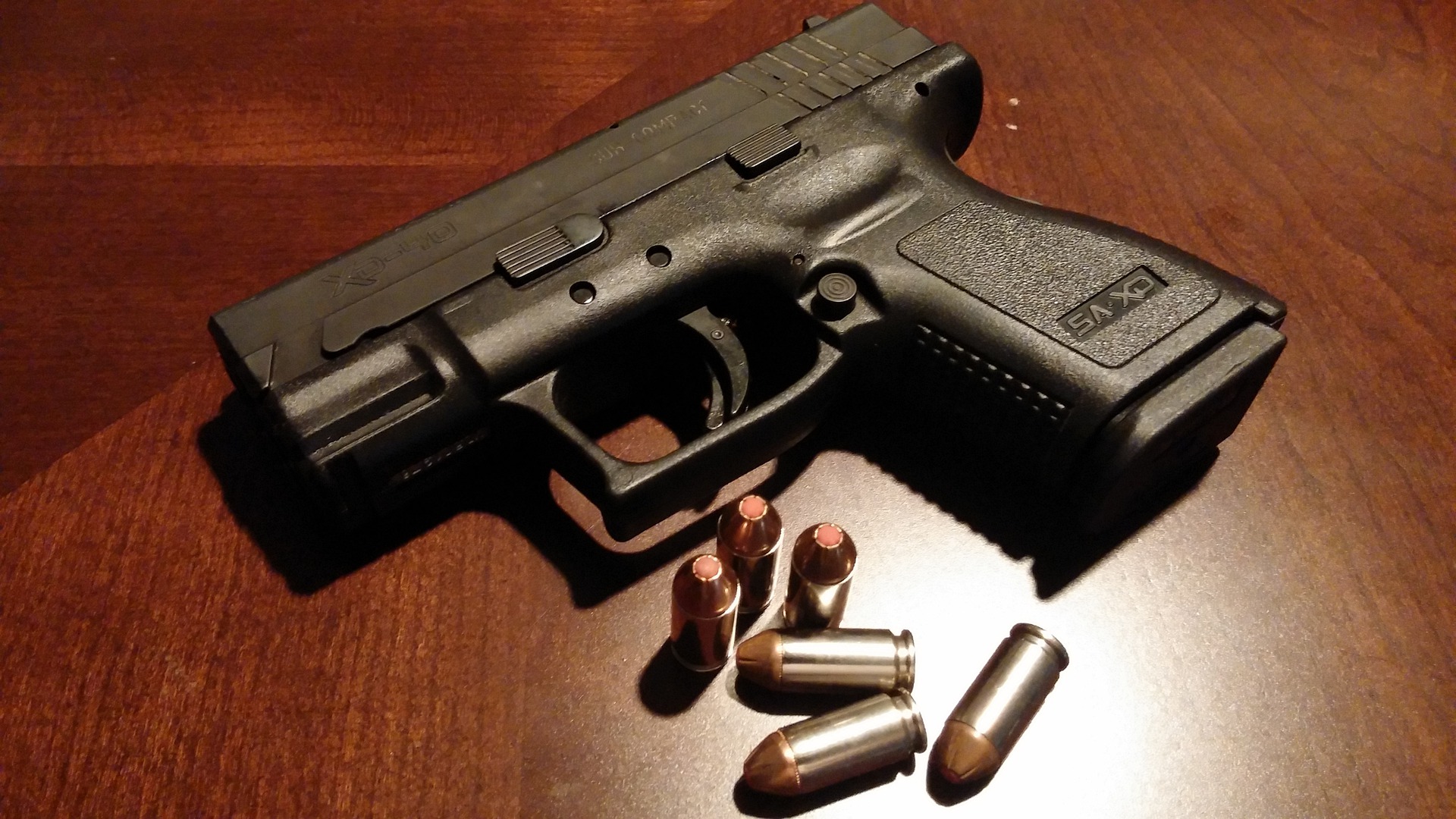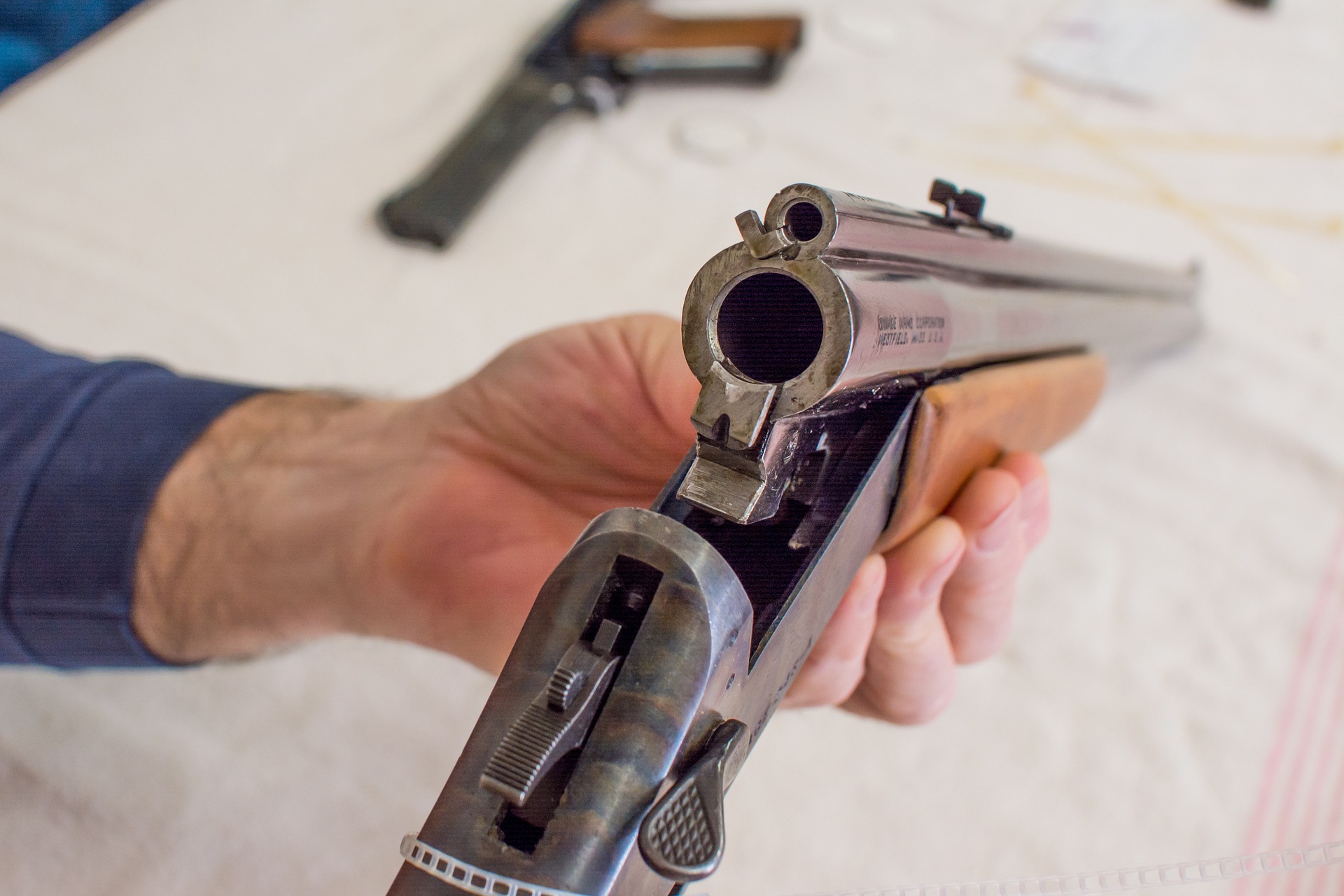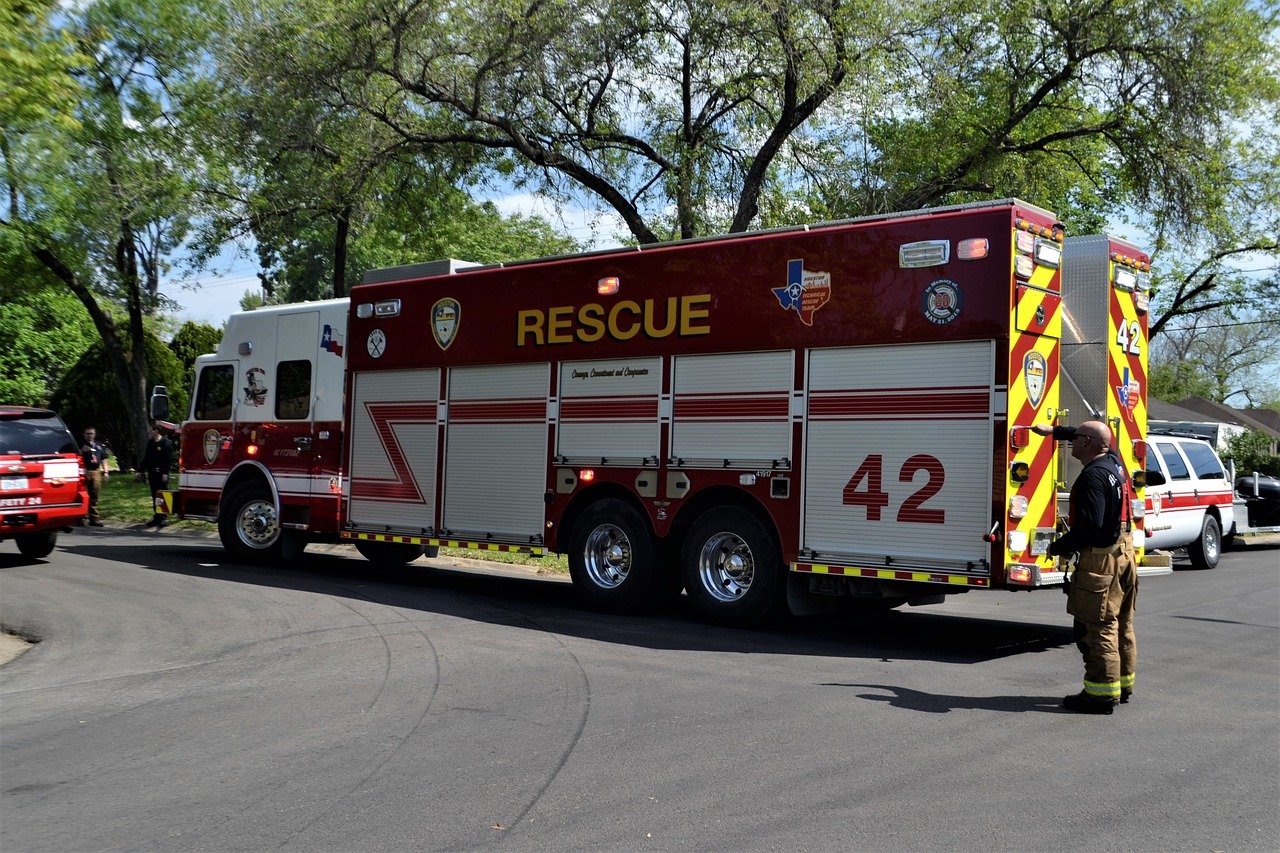Preventing Accidental Discharges & Managing Gunshot Injuries
Posted by Cici Tim on Oct 8th 2022
Accidental shootings have been a cause of worry among the masses since the inception of guns.
Accidental firearm discharge has seen a rising trend over the last couple of months, and the latest high-profile example is the accidental shooting on the set of "Rust" by Alec Baldwin that resulted in the death of cinematographer Halyna Hutchins.
In a report published by the Gun Violence Archives (GVA), there have been 1,136 incidents of unintentional firearm discharge in the year 2022 alone. Another statistic for 2021 shows that unintentional shootings accounted for 4% of the total gun-related deaths, and John Hopkins Institute for Gun Violence Solutions reported 486 deaths in 2019 due to unintentional firearm injuries. Although death comes for everyone, these instances of unintentional nature can be avoided with proper gun safety practices and having the necessary knowledge to deal with such an event.
Accidental shootings result in criminal charges most of the time. They are also considered illegal in most states and are charged as criminal negligence. We have compiled the best gun safety practices and given a detailed overview of managing an accidental firearm injury to yourself or others.
Best Firearm Safety Practices
Learn proper handling techniques:
Learning how to properly handle and discharge your weapon is fundamental to gun safety. Proper handling encompasses the best gun safety practices while increasing the shooter's skill.
Beware of the muzzle direction:
Always be aware of where the muzzle is pointing. In many accidental shootings, shooters claim that they did not intend to harm the other person and weren't aware of the victim's location and the line of fire. To ensure safety, point the gun downwards or upwards, and also ensure that the direction the muzzle points to does not lead to a ricochet in the event of an accidental discharge. Imagine a laser that comes out of the bore, and anything the laser touches is in danger.
Never leave a firearm loaded:

Handgun by Brett Hondow licensed under Pixabay
Ensure that the firearm isn't loaded if it is not intended to be used. Ammunition should always be stored separately to stop accidental access by children.
Don't keep the finger on the trigger:
Many accidental shootings take place if the trigger is touched. Everyone is privy to human error. Almost half of the accidental shootings happen due to unnecessary fidgeting with the trigger.

Gun by Rudy and Peter Skitterians from Pixabay
Always double-check the gun's safety:
While using firearms, always remember that despite all their bravado, it is just a mechanical device and can be faulty, so always double-check the trigger of your gun. Even if the safety seems to be on, never carelessly point it at someone. Always follow safety protocol.
Use compatible ammunition:
While using a firearm, it is your responsibility to ensure that you use the correct ammunition and inspect its condition. Using even a single round of an improper caliber can not only damage your gun but also result in several unpredictable circumstances that might lead to severe injury. Never use ammunition that is damp or stored in a wet place.
Dispose of the faulty cartridge with care:
At times a cartridge may not go off despite pulling the trigger. This situation requires careful disposal of the faulty cartridge. Make sure that the muzzle is not facing you or anyone else. Unload the cartridge with care and dispose of it safely. Remember never to throw faulty cartridges in the trash and if available, use professional help in removing the cartridge from the weapon if necessary.

Gun Barrel by Jason Gillman from Pixabay
Keep the chamber empty:
After you use your firearm, visually ensure that the chamber is empty before you store it. It should be a habit for everyone involved when handling a gun, as this could save lives.
Personal protection comes first:
Do not experiment with your gun. Personal protection is a must while shooting a weapon, from eyewear to hearing protection. The more the safer is the policy.
First Aid bag:
Always have the first aid bag in close proximity of your location. The bag should contain the following: sterile gauze, three packets of sterile gloves, a quick clot bandage, a 1L bottle of Normal Saline, Povidone Iodine Solution, and a tourniquet. These are the bare minimum requirements for handling a gunshot wound. The first aid bag should contain other important equipment and drugs, which will be discussed in depth in another blog.

First Aid Kit by Steve Buissinne from Pixabay
Handling a Gunshot Wound
Despite taking all the precautionary measures, mistakes are inevitable. Knowing what to do in the situation of accidental injury to yourself or another person is the key. The following steps should be used in succession to have the best possible outcome for the situation.
Call 911:
Immediately call 911, and explain the situation to them without hesitation. If shot in critical areas like the chest, face, or head, give them the detail of the location and focus on administering first aid and minimizing damage. Call for help.
Evaluate:
Evaluate yourself or the person shot for bleeding and the site of bleeding. Both the entry and exit wounds should be located.
Apply pressure:
Ask the person next to you or the person shot to apply pressure while you take out the necessary first aid items.
Apply Tourniquet:
If shot in the limbs, a tourniquet must be applied approximately five fingerbreadths above the site while holding pressure on the wound.
Wash wound:
After that, wear sterile gloves and wash the wound thoroughly by making a hole in the normal saline bottle and squeezing it to clean the area with the pressure of the fluid. Use sterilized gauze to pick out foreign debris if there's any. The bottle should be held and squeezed by the helper, or if done by you, the gloves must be changed after washing.
Wound packing:
Bandage by Bruno /Germany from Pixabay
After cleaning, the wound is packed with sterile gauze or quick clot bandages to slow the bleeding.
If the hospital is close by:
If the location where the incident took place is near a big hospital, or at least 15 mins to half an hour away, the step of packing the wound should be left out. Bandaging should be completed outside the wound by keeping 3-4 sterile gazes on top of both wounds and tightly bandaging the affected area.
If the hospital is far away:

Rescue by F. Muhammad licensed under Pixabay
If the hospital is far away, and waiting could result in the loss of life or limb, the wound after cleaning, should be packed carefully with sterile gauze or quick clot bandage by using sterile or preferably new gloves. After these are all done, travel to the hospital immediately for adequate treatment.
Things to remember:
All this process should take no longer than 15 minutes, and it's better to be done on the way to the hospital to avoid wasting precious time. It is important to remember that tourniquets stop blood to the affected area completely. If the wound has been bandaged and packed adequately and is not bleeding profusely, the tourniquet should be loosened every 30 minutes. This step is applicable when the nearest hospital is more than 2 hours away. It helps keep the limb alive for an increased time. The same principles apply if shot in the chest, but the packing should not be done as it can dislodge the bullet and lead to damaging a vital organ.
Disclaimer:
It is important to remember that the steps that start from touching the wound to packing it are better left to the medical professionals and should only be attempted in cases of absolute necessity because this can cause further damage if done improperly. However, bandaging the wound is almost always beneficial for the victim. Cedar Mill Fine Firearms holds no responsibility in case of damage by inappropriate first aid administration. This article is for educational purposes only and made in consultation with a health care provider.
